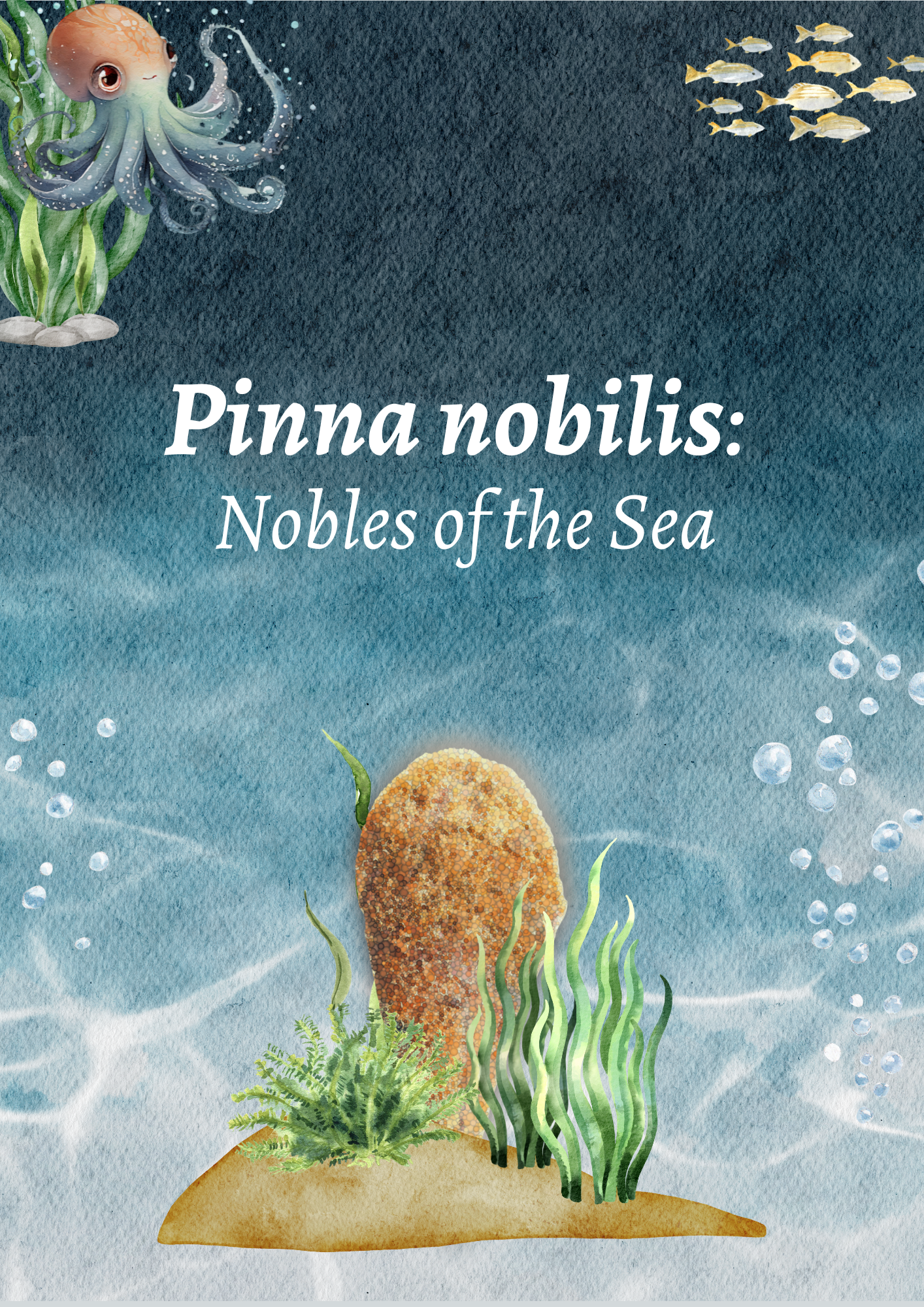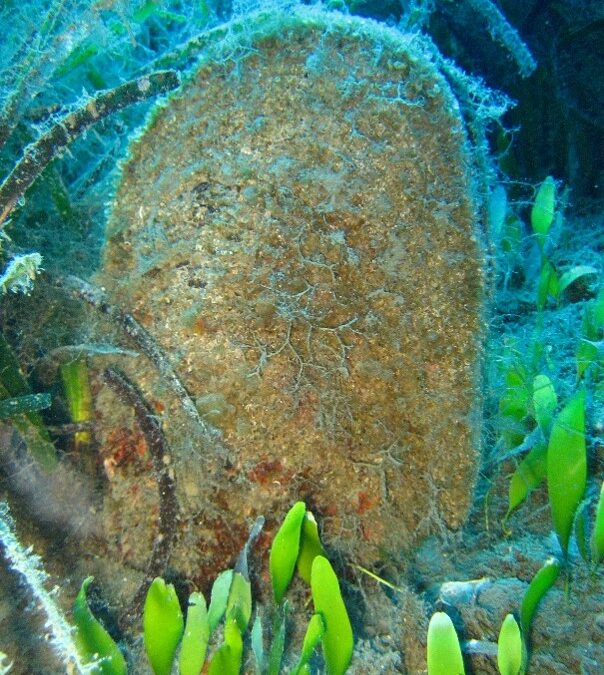Assisted recruitment of the critically endangered fan mussel Pinna nobilis in Cyprus (Eastern Mediterranean)
Project Title: Assisted recruitment of the critically endangered fan mussel Pinna nobilis in Cyprus (eastern Mediterranean)
Introduction: Pinna nobilis is an endemic species and the largest bivalve of the Mediterranean Sea. It has a key ecological role by filtering water, retaining organic matter, thus reducing turbidity and it provides a hard substrate for benthic species. It occurs at depths until 60 m, on different substrata, but mostly within Posidonia oceanica meadows, the most important ecosystem of the Mediterranean Sea.
An on-going mass mortality event (MME) is affecting Pinna nobilis populations across the Mediterranean Sea, mostly due to an infection caused by an haplosporidan parasite (Haplosporidium pinnae).
Started in 2016, the MME was first identified along the southeastern coastline of Spain and in Balearic Islands; subsequently transported by ocean currents, the pathogen reached other Mediterranean regions, and mass mortality events have been reported along French and Italian coasts and shortly after in the eastern part of the Mediterranean.
Due to the dramatic population size reduction, Pinna nobilis has been listed as Critically Endangered on the IUCN’s Red list in 2019. In addition, it is included in the EU Habitats Directive (92/43/EEC, Annex IV), in the Barcelona Convention (Annex II) and it has also been assigned a strict protection status under the national legislation of most Mediterranean countries.
Situation in Cyprus: P. nobilis is a well-studied organism, however the majority of the information come from the central and western Mediterranean. Accurate and relevant data concerning the current status, distribution and density of P. nobilis in Cyprus are not available or is in the process to be generated.
Historically, P. nobilis was present in almost all the Levantine Basin and until at least early 2018, Cyprus had large P. nobilis populations. Between 2016 and 2017 only few individuals (<3-5%) of various populations around the island were affected by the mass mortality event. However, in late 2018 and 2019, selected areas that were revisited reported almost 100% mortality at least until 40 m depth at all sites (C. Jiménez and L. Hadjioannou, unpubl. data).
Objectives: The possible recovery of impacted populations will rely on the existence of unimpacted populations, resistant individuals and recruitment. The overall objectives of the project are:
- to collect and gather information on the current status of P. nobilis in Cyprus
- to enhance the larval recruitment of P. nobilis, through installation of larval collectors, and support eventual recoveries of the species
- to produce solid scientific results with implications towards the conservation of P. nobilis in Cyprus and elsewhere in the Mediterranean Sea
- to raise public awareness.
Duration: Six months
Funded: The Mohamed bin Zayed Species Conservation Fund (2021-2022)
Cyprus Environment Foundation (2022-2023)
More info at https://cyprusenvironment.org/grants/monitoring-assisted-recruitment-of-the-critically-endangered-pinna-nobilis/
Pinna nobilis is facing an extremely high risk of extinction in the wild. Learn more about this enchanting animal and how can it be saved!



Recent Comments